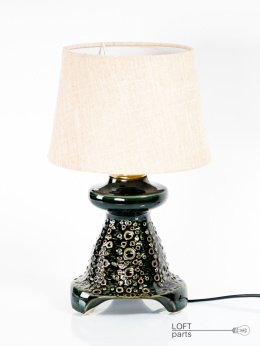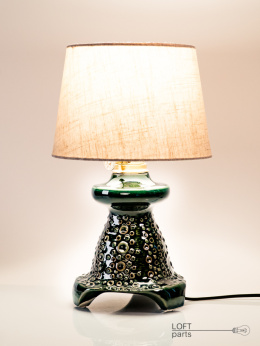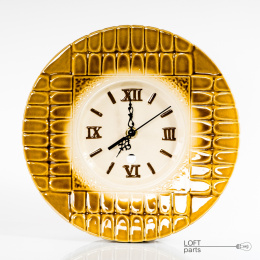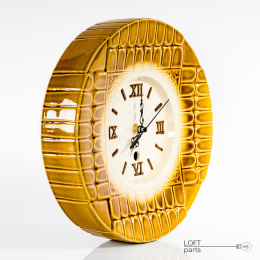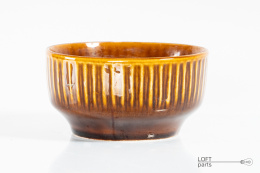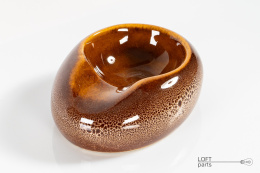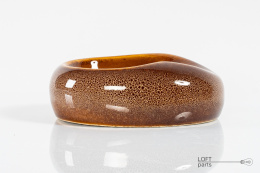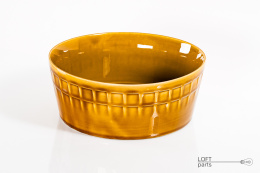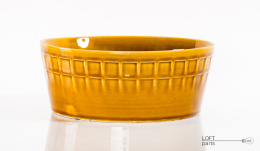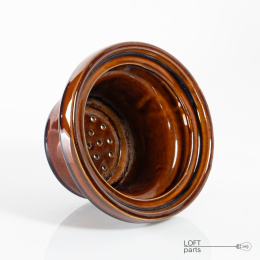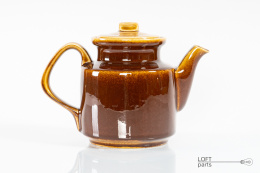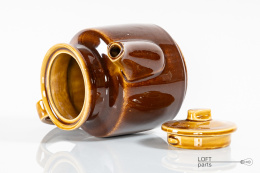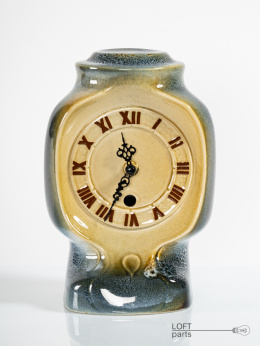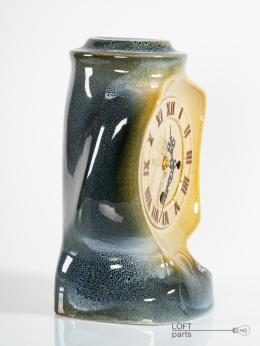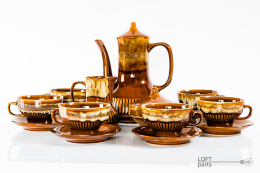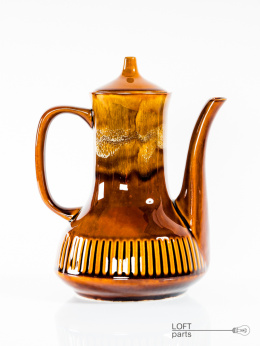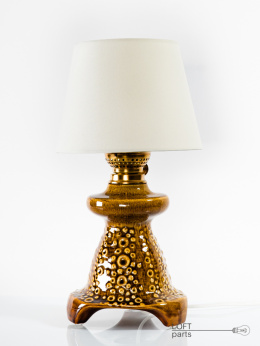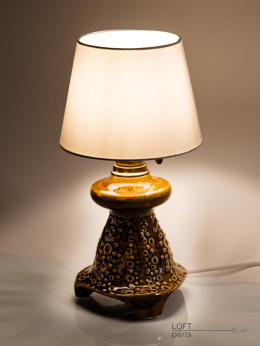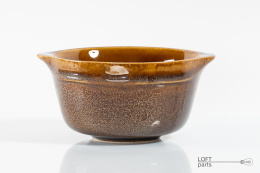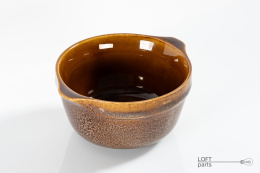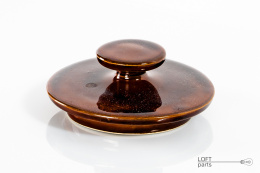Test paska
-
Language

-
Currency : EUR
-
Customer zone
-
Shopping Cart ( 0 )Remember to complete your orderFor free delivery are missingFree delivery!Sum 0
-


-
-
-
Remember to complete your orderFor free delivery are missingFree delivery!Sum 0
-
- Categories
- Search
-
Manufacturer - Mirostowickie Zakłady Ceramiczne
The plant was established in the 70s of the nineteenth century (the date 1873 is given, m.in). It was registered on January 5, 1877. He produced, among m.in, building ceramics, ceramic elements of fountains, fireplaces, portals and monuments, ceramic wall cladding, terracotta and clinker. In 1895, at an exhibition in Lübeck, he received a gold medal. In 1896 it became a joint-stock company. Most of the action in 1933 went to the Siegersdorfer Werke. During World War II, the plant produced aircraft parts. In 1945, the plant was destroyed by the Germans, devastated by the Soviets, and the rest of the surviving equipment was later taken to other ceramic factories in central Poland. In the years 1947-1948, the building was cleared of rubble and cleaned up manually thanks to the work of settlers. In the third decade of June 1948, the production of clinker bricks began. On February 10, 1949, the factory was taken over by the state and incorporated into the United Stoneware Works in Ziębice. The entire company transport was carried out using the shoulders and hands of the employees. The raw material (e.g. Miocene clays) was extracted from the company's own mine located near the plant. In 1961, a new gasworks with three gas generators was erected and put into operation. Subsequently, a new boiler room and other buildings were built. At that time, m.in bricks of increased strength were produced (in large quantities for the Rybnik Coal District) and cladding tiles (e.g. for the Merkury hotel in Poznań). The production of these white-glazed tiles was initiated in 1962, thanks to the launch of an electric tunnel kiln for firing Kerabedarf porcelain (at that time the only one of its kind in Poland). From 1965, the production of porcelain products was started, e.g. bar mugs, ceramic electric kettles and casserole dishes. In 1966, a model shop was launched, where Eryk Figel, a designer of functional ceramics, was employed, who educated a large group of students. In 1967, the production of tiles was ended, and from 1975 only porcelain products were produced, some of them in cooperation with other factories in the country (m.in. coffee suits, vases, bigos, mugs, sourdough makers, bouillons, vases, ashtrays, mugs and in cooperation - electric teapots, bottles, lamps and clocks). In 1989, the total value of sales amounted to 3.5 billion zlotys, and several percent of the products were exported (Belgium, France, West Germany). At the beginning of 1990, the company's staff consisted of 441 people. At that time, mainly salad bowls, kitchen containers for loose goods, cups, cups, bouillons, vases and ashtrays, as well as washbasins and toilet bowls were produced. In the autumn of 1991, the Zielona Góra Voivode put the plant into liquidation. In 1992, the company was declared bankrupt, but the court discontinued the proceedings. In 1993, the liquidation process was resumed. The method of liquidation (the process was completed in 1996) aroused a lot of controversy. In these years and later, the factory buildings were devastated and fell into disrepair.

Mirostowickie Zakłady Ceramiczne
|
I bądź na bieżąco ze wszystkimi nowościami! |
|

